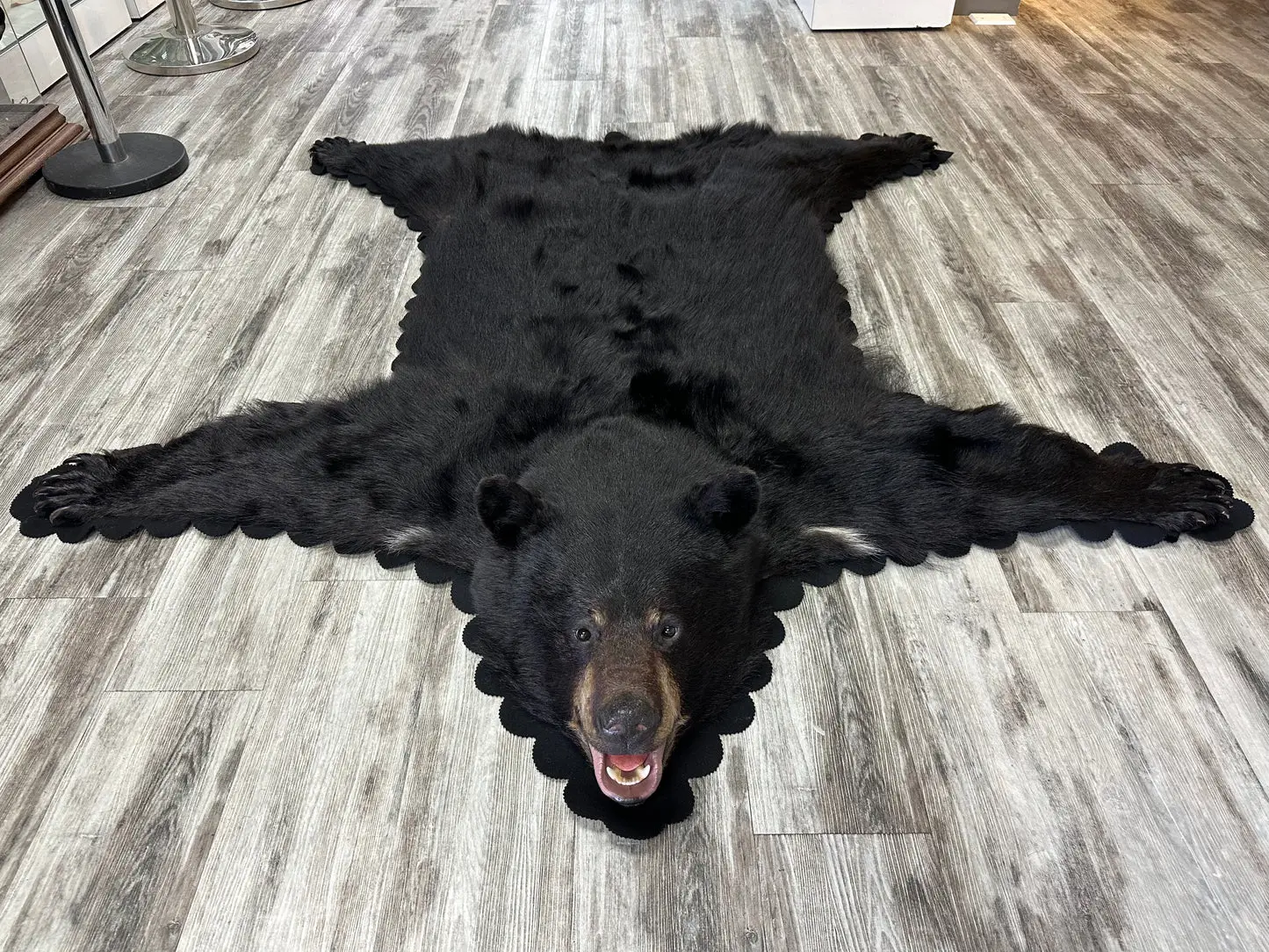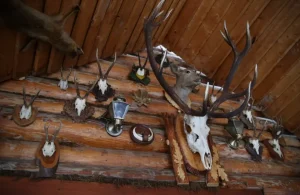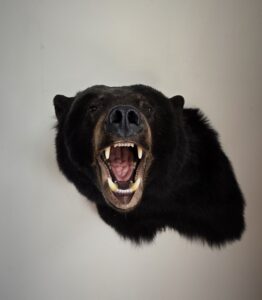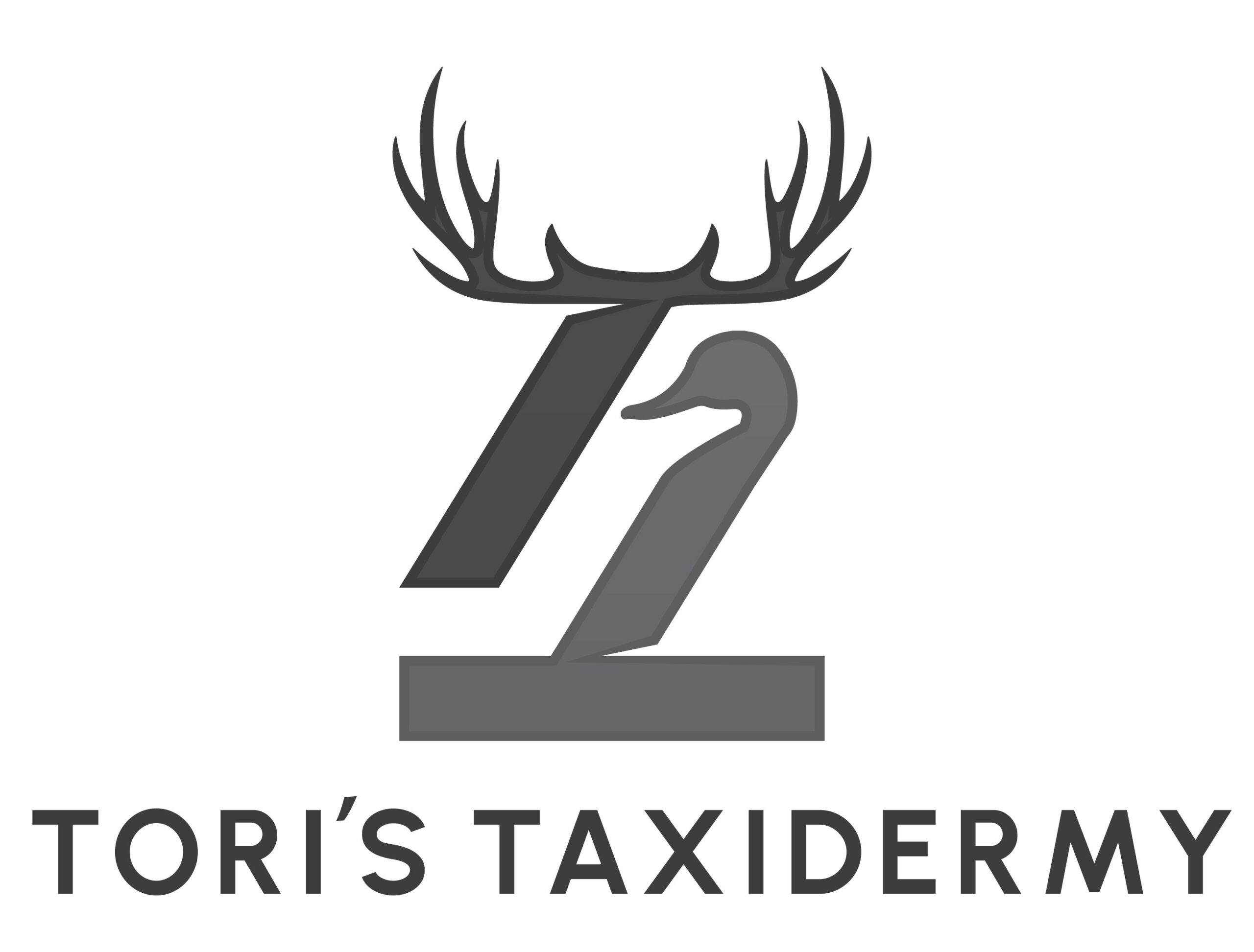Bear rug taxidermy is a significant investment in preserving your hunting memories, and proper maintenance ensures these magnificent pieces retain their beauty for generations. Regular care prevents damage, extends the rug’s lifespan, and maintains the natural luster of the fur that makes these displays so striking.
Bear Rug Construction
Modern bear rug taxidermy involves treating the hide with specialized chemicals that preserve the skin while maintaining flexibility. The tanning process creates a durable foundation, but environmental factors can still affect the rug over time. Knowing these materials helps you make informed care decisions.
The fur itself requires different treatment than the leather backing. Bear hair naturally contains oils that provide water resistance and maintain the coat’s appearance. However, dust, dirt, and handling gradually remove these oils, possibly causing the fur to become brittle or lose its natural sheen.
Felt backing added during the taxidermy process provides structure and protects the leather hide. This backing material can absorb moisture and odors if not properly maintained, leading to mold growth or unpleasant smells that are difficult to eliminate.
Regular Cleaning Procedures
Weekly maintenance prevents most problems before they become serious issues. Use a vacuum cleaner with a brush attachment, but never vacuum directly against the fur grain. Always work in the direction the hair naturally lies to avoid damaging individual strands or pulling them loose from the hide.
For deeper cleaning, use a soft-bristled brush designed for fine fabrics. Work in small sections, brushing gently in the fur’s natural direction. This process removes embedded dirt and restores the coat’s natural volume and texture.
Compressed air effectively removes dust from areas around the head, paws, and claws where brushes cannot easily reach. Hold the air nozzle at least six inches away to prevent damaging delicate areas with excessive pressure.
Dealing with Stains & Spills
Immediate action prevents most stains from becoming permanent problems. Blot liquid spills immediately with clean, dry cloths, working from the outside of the stain toward the center to prevent spreading.
Never use water-based cleaners or soak any portion of your bear rug. Excessive moisture can damage the tanning chemicals, cause the hide to shrink, or promote mold growth. Instead, use specialized fur cleaning products designed specifically for taxidermy specimens.
Grease stains require particular attention since they can permanently discolor the fur if left untreated. Sprinkle cornstarch or talcum powder on fresh grease stains to absorb the oil, then brush it out gently after several hours.
Environmental Control
Temperature and humidity fluctuations cause the most damage to bear rug taxidermy. Maintain indoor temperatures between 65-75 degrees Fahrenheit with relative humidity levels between 30-50 percent. These conditions prevent the hide from drying out and cracking while discouraging mold growth.
Avoid displaying bear rugs in basements, attics, or other areas prone to temperature extremes. These locations often experience humidity problems that can quickly damage expensive taxidermy work.
Direct sunlight fades fur colors and weakens hair fibers over time. Position your bear rug away from windows or use UV-filtering window treatments to protect against solar damage. Artificial lighting poses fewer risks but should still be positioned to minimize direct exposure.
Proper Storage Techniques
When storing bear rugs long-term, preparation prevents costly damage. Clean the rug thoroughly before storage, ensuring no dust, dirt, or oils remain that could attract insects or promote decay.
Roll the rug with the fur side facing outward, never fold it. Folding creates permanent creases in the hide that may never fully disappear. Use acid-free tissue paper between layers if rolling a particularly large rug.
Store in a cool, dry location with good air circulation. Cedar closets or storage areas treated with natural moth repellents help prevent insect damage without using harsh chemicals that might affect the tanning materials.
Professional Maintenance Services
Annual professional cleaning removes accumulated oils, dirt, and odors that home maintenance cannot address. Experienced taxidermists have specialized equipment and cleaning solutions designed specifically for preserved specimens.
Professional restoration services can address more serious problems like loose fur, damaged areas, or fading colors. These repairs often cost significantly less than replacing the entire rug and can restore its original appearance.
Pest control treatments may become necessary if insects target your bear rug. Professional exterminators familiar with taxidermy specimens use methods that eliminate pests without damaging the preserved hide or fur.
Signs of Damage
Monitor your bear rug regularly for early warning signs of problems. Small holes in the fur may indicate insect activity requiring immediate attention. Loose or shedding hair suggests deteriorating tanning materials or improper environmental conditions.
Musty odors often signal moisture problems or mold growth within the backing materials. Address these issues immediately before they spread and cause irreversible damage.
Stiff or brittle areas in the hide indicate excessive drying, usually caused by low humidity or heat exposure. While sometimes reversible with professional treatment, prevention through proper environmental control is always preferable.
Your bear rug taxidermy is both; cherished hunting memories and substantial financial investment. Following proper maintenance procedures protects this investment while ensuring future generations can appreciate your hunting achievements. Consistent care, appropriate environmental conditions, and professional maintenance when needed keep these magnificent displays looking their best for decades.




